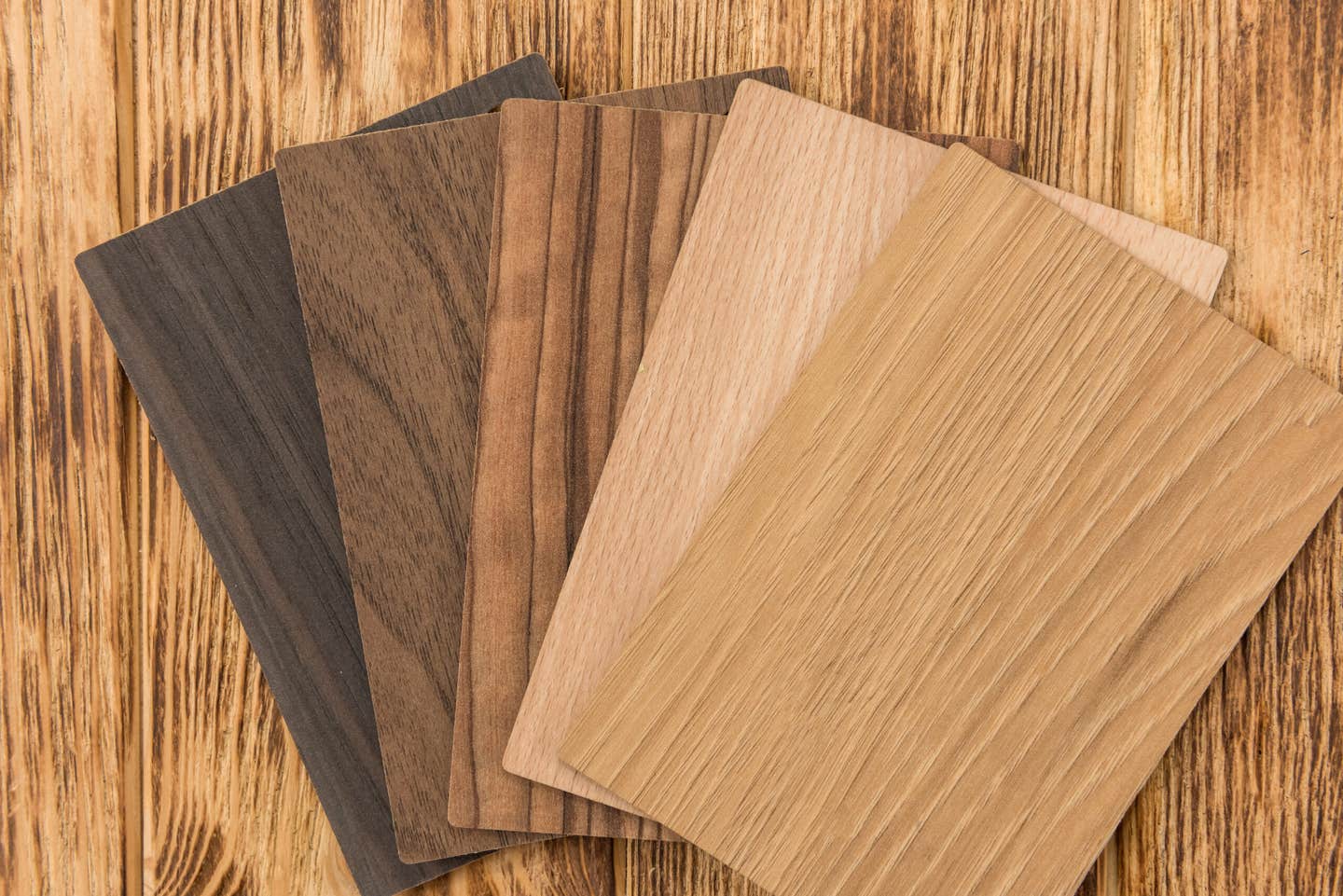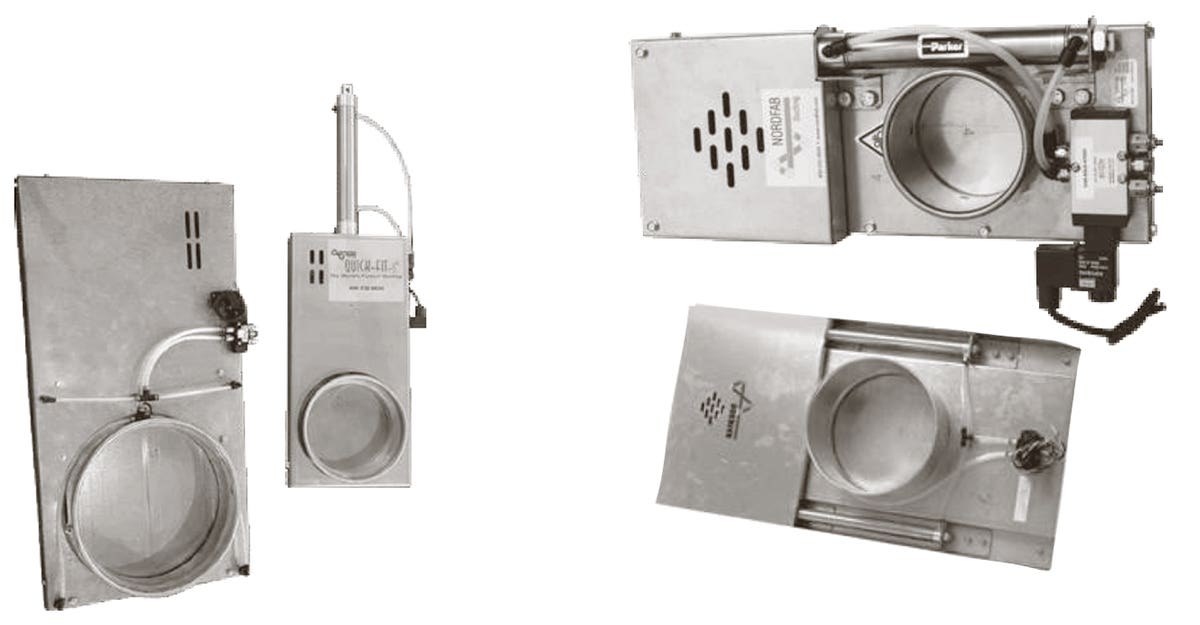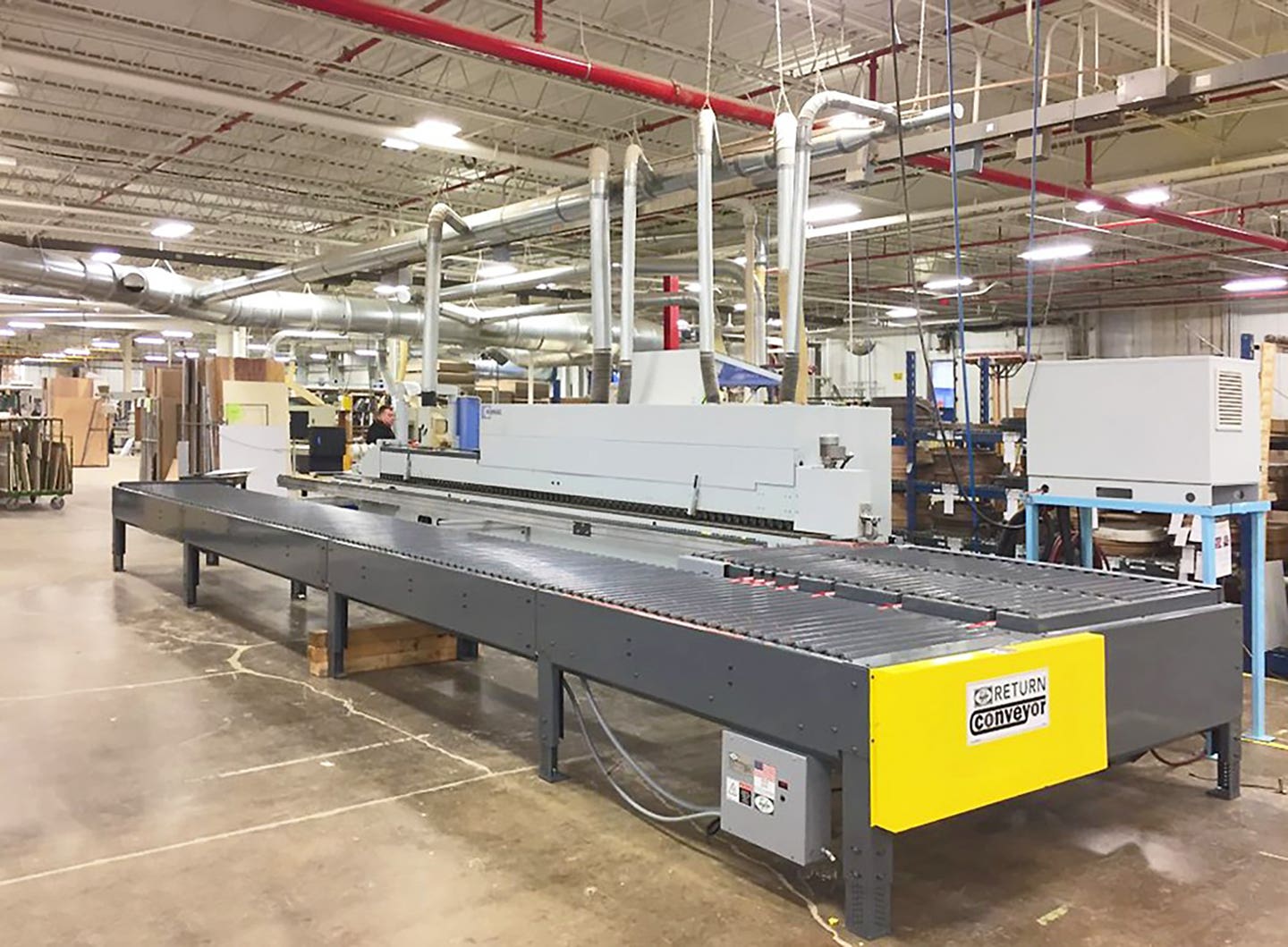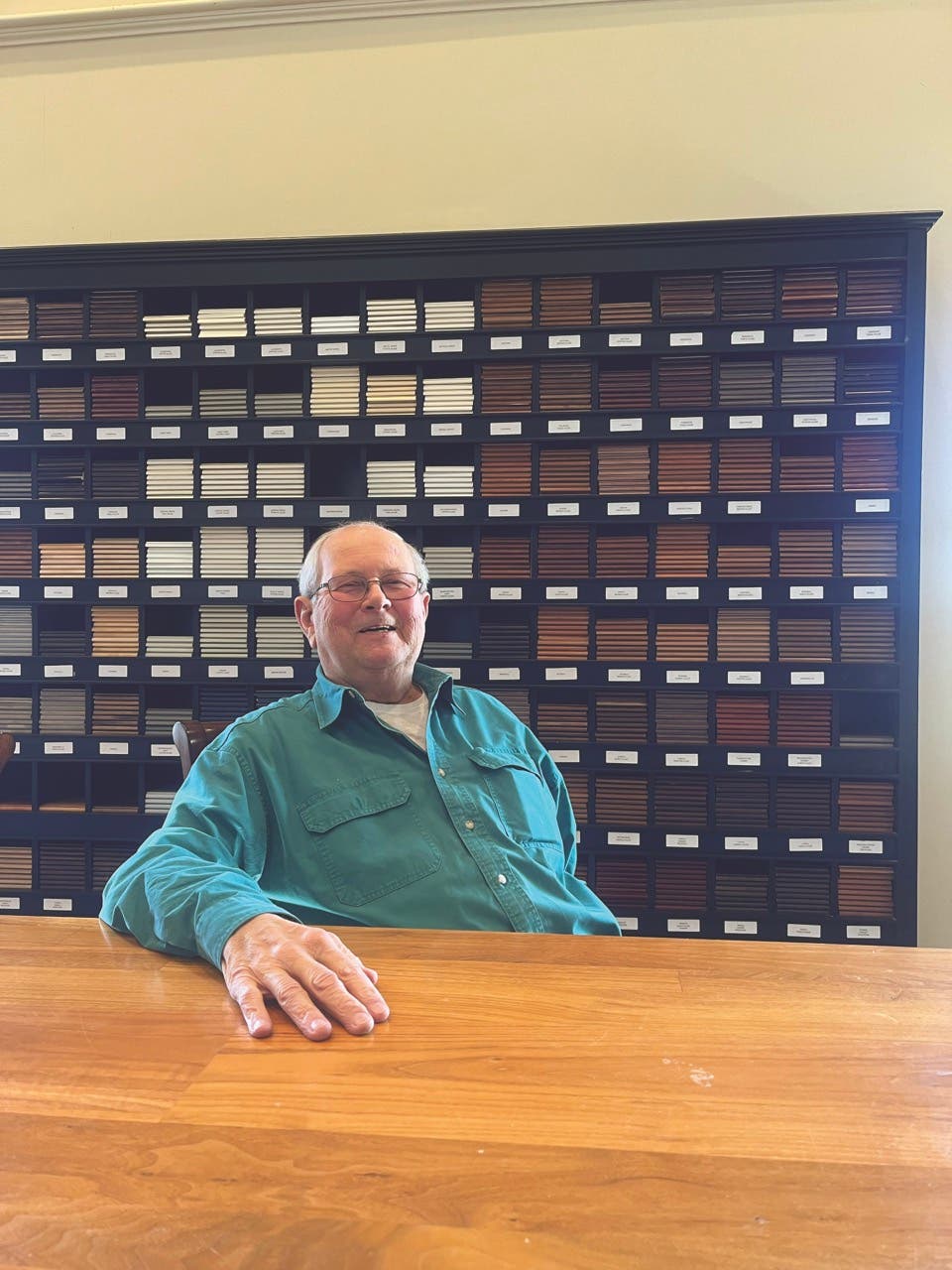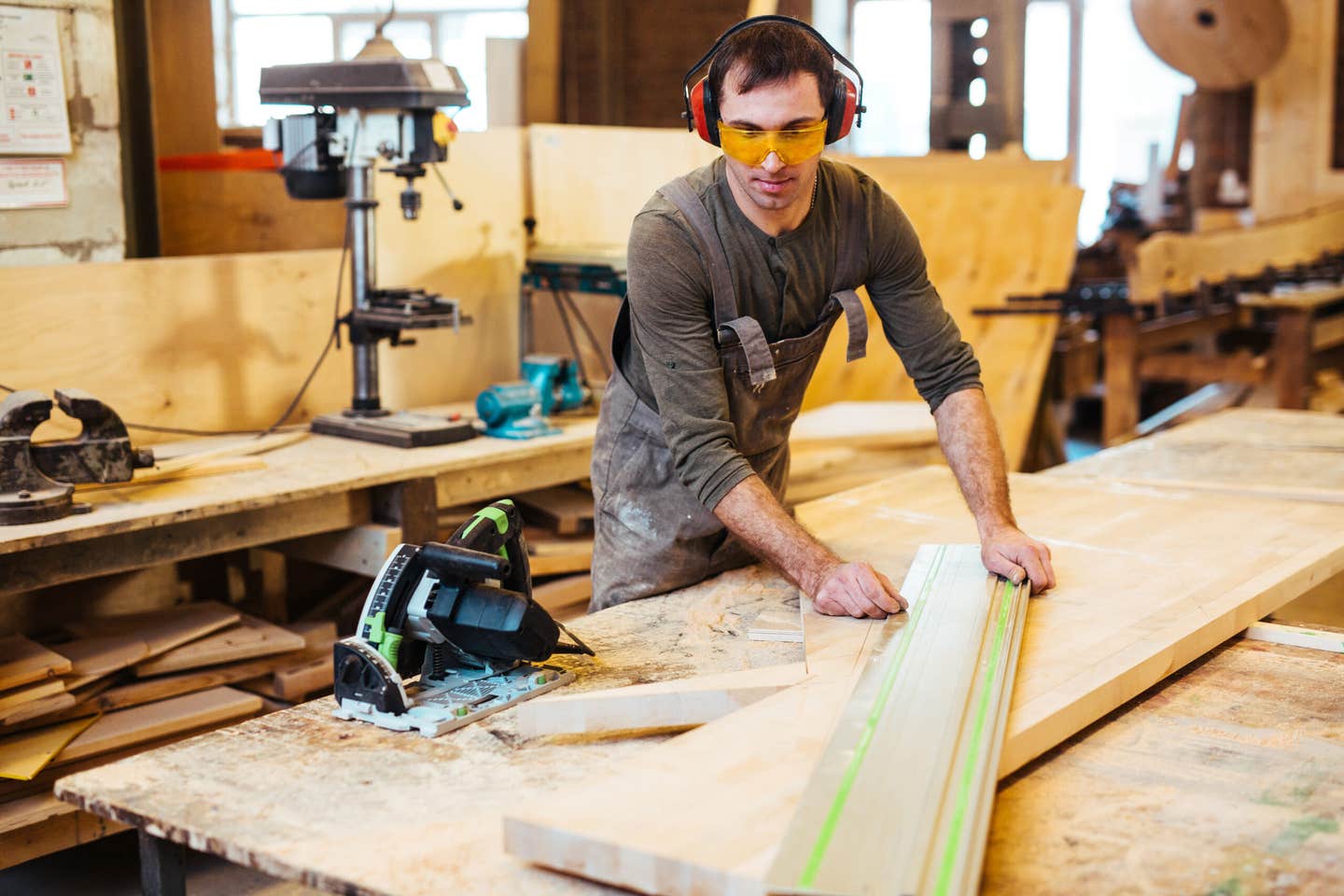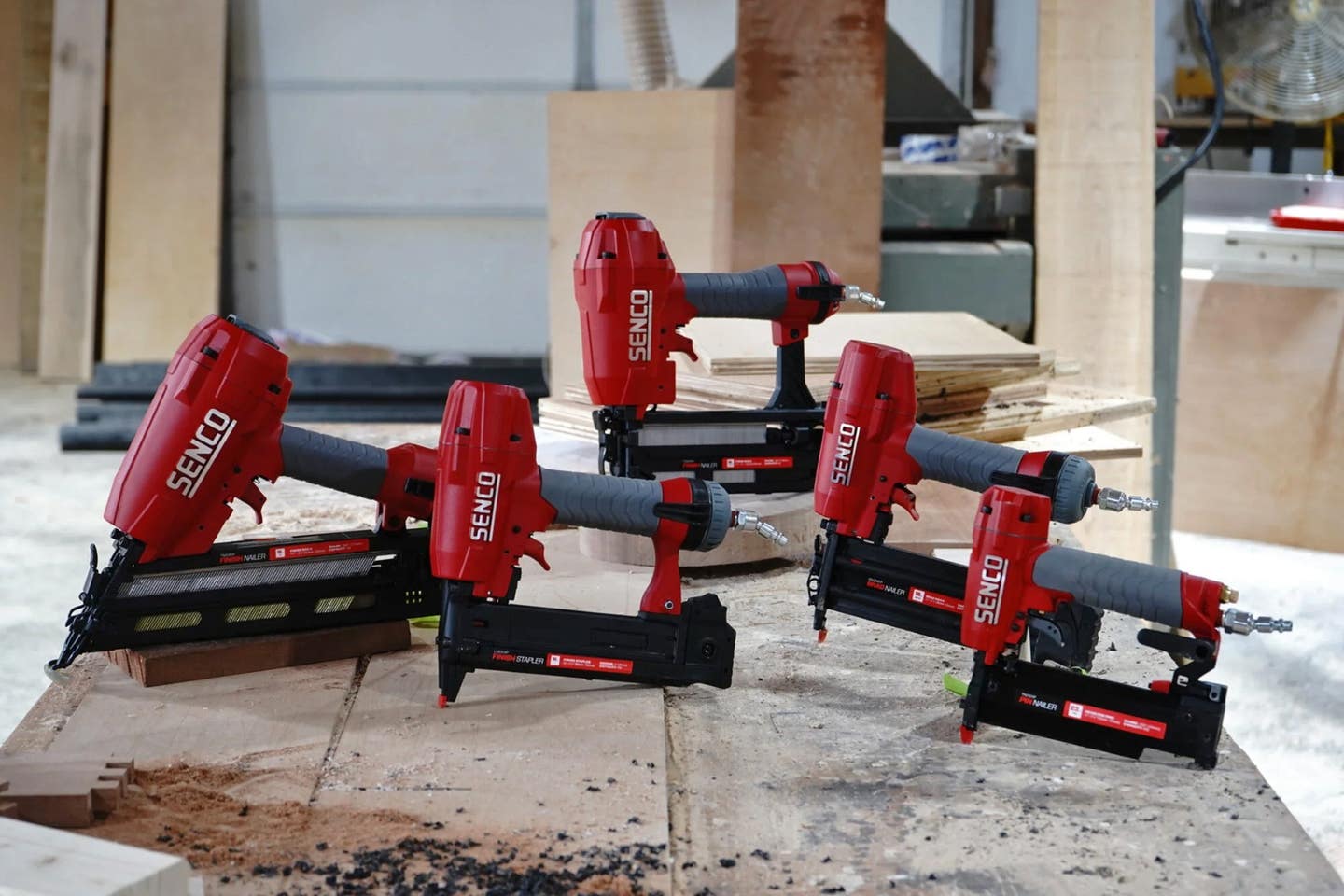At the elbow of a master carpenter
I was making clouds of paint dust while sanding the cabin and topsides of my 1962 Sailmaster to prep for spring painting when I began to long for the fragrance…
I was making clouds of paint dust while sanding the cabin and topsides of my 1962 Sailmaster to prep for spring painting when I began to long for the fragrance of wood dust. Fortunately, Joe Reid’s Mast & Mallet Boatworks is in the Maryland Mayo/Edgewater neighborhood of Casa Rio Marina, where my boat is hauled, so I detoured there to have a look.
My last visit was more than 10 years ago, when Reid built a custom mahogany hatch for me to replace a dull fiberglass lazarette lid over my outboard well. Every winter I’m reminded of him when I bring home that showpiece and have the pleasure of sanding and varnishing it over the winter.
Hoping to see one of his successful Thomas Point series of traditional cruisers under construction — he has built 21 — I wasn’t surprised to hear that Reid has had no new orders in a couple of years. “My last boat built from scratch was a 7-foot Atkin lapstrake dinghy in 2010,” he says with a bittersweet smile. “But in what we all hope is a recovering economy, I have had some serious interest in building a custom Thomas Point 40.”
I found Reid, along with single employee Kitty Seaborn, at work sanding a Thomas Point 30 built in 2001 for Mike Cassady of Arlington, Va. “My work today remains maintenance and wooden-boat repairs,” he says. “We have regulars who come seasonally for paint work and varnishing and also keep busy maintaining some wood classics.” Ironically, he was replacing the varnished toe rails on this boat with no-maintenance PVC.
Also stabled in his rental facility at Holiday Point Marina on Selby Bay is a 1988 Cape Dory 28 cabin cruiser in for refinishing. This particular boat was purchased at a bargain price by an owner for the purpose of flipping it on the used-boat market as a restored yacht.
I had come to watch the master carpenter (www.mastandmallet.com) cut wood and fit planks and frames, not for a Hand Sanding 101 lesson. I mastered that art long ago, and even today I sand the tips of my fingernails during winter boatwork at home. Reid looks very much the part of a Down East boatbuilder, with a full beard now gray at the age of 58 and a yellow pencil at the ready parked above his ear. He is the kind of person who wears a natural smile as he speaks, and I can’t imagine him ever losing his temper, although that is a common occurrence in a boatbuilding environment.
While I have little interest in owning a powerboat, the lure of a rot-resistant, no-leak vessel built of wood reinforced with West System fiberglass and saturated with epoxy is quite appealing. What did interest me were his drawings of a 22-foot Smith Island crab scraper built of western red cedar that he says he could build for a minimum price of $30,000. But even that sounds high with all of the bargain boats on the market that could be converted to my simple needs.
Even if I didn’t order a Chesapeake 22, I’d ask him to do a conversion on an older open boat. He has done a couple of these with a diesel and steering console. I would want outboard power for easier maintenance and lower cost. I would also do any simple trim work, interior painting and varnishing on my own to keep the price down.
Since Reid welcomes the custom approach and frequent owner visits as construction progresses, he would be in for a tall order when dealing with me because I would come around regularly. Not that I would be attempting to keep track of things, but because I might learn while watching a master at work. I’d probably give him good reason for losing his temper, though.
OK, on to the dreaming. I’m a bit of a loner when it comes to cruising, so my wants would be a small cuddy with opening ports and a V-berth with a real mattress. I don’t much like sitting at a steering console and might be content with stick steering, such as on a Chesapeake workboat. This would be ideal for setting a short trot line in some quiet cove and netting my own crabs for dinner.
As for speed, I’d be content to cruise at 10 knots, which is double my sailboat’s speed. A Porta-Potty and a small galley would finish off the interior. Reid’s drawing also shows an outboard in a well, exactly to my liking and covered with a box for seating.
“Over the past 10 years I was building a Thomas Point boat a year,” he says. “In 2003-04, Mike Kaufman designed a Thomas Point 36 that we planned to produce as a semicustom yacht. A local fiberglass firm made a mold and laid up a vacuum-bagged, infused hull. The idea was to standardize our hulls and offer the basic boat as a convertible, express, enclosed cabin cruiser or a flybridge model. It sounded like a terrific plan at the time, but we only got one order, for a cabin cruiser.”
So at least he has a homegrown fleet of Thomas Pointers with owners who prefer that the builder do the maintenance work. With no leaks to fix and no rot to dig out, much of Reid’s work today is refinishing.
Jack Sherwood is a regular columnist for our sister publication, Soundings, a consumer boating magazine (www.soundingsonline.com).
This article originally appeared in the April 2013 issue.


